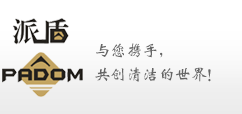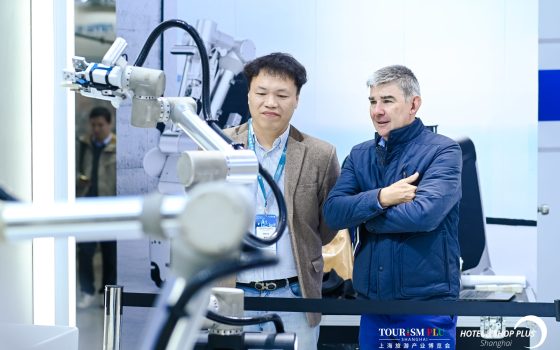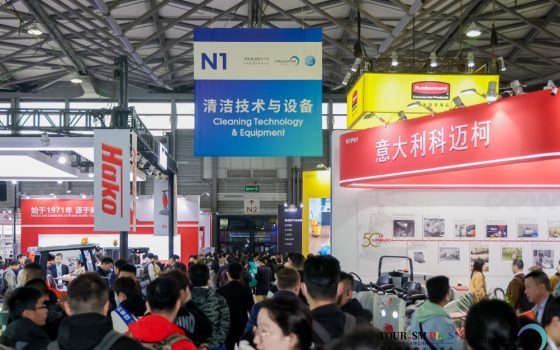Wimbledon Centre is transition to LED lighting
Wimbledon, among the most famed sports venues around the globe, installed LED lighting in the retractable roof that can cover Centre Court during periods or rain or darkness. Prior to The Championships taking place in July, the All England Lawn Tennis Club (AELTC) made the move to solid-state lighting (SSL) to improve the quality of TV broadcasts of featured tennis matches while also meeting the needs of players and simplifying the logistics of closing the roof and instantly striking the lights. Musco supplied the LED lighting and worked alongside ME Engineers on the project.
Interested in specialty LED lighting?
We have certainly seen a rapid move by professional sports teams to LED lighting. Last year, we featured SSL projects at a number of Major League Baseball venues. Several National Football League Super Bowls have now been played under LED lighting. And top-level soccer teams across Europe are moving to SSL, including the Sevilla Football Club from Spain that we covered most recently.
Early on, the motivation to move to LED lighting for sports venues was cost savings derived from energy efficiency and little to no maintenance. But increasingly the major driving factor behind LED projects is the quality of light for the athletes, the fans in the arenas, and the TV audience.
The TV audience was top of mind for the Wimbledon project. Robert Deatker, AELTC estate director, said, “The purpose of the project was to improve the quality of lighting for broadcasters, whilst simultaneously improving the functionality of the lighting as part of the roof operation.” In terms of functionality with regard to the roof, the fact that LEDs can be turned on and off instantly was a key factor. “Specifically, this involves reducing the amount of time required by the lights to warm up or cool down, thus making it quicker to resume play,” said Deatker.
Musco has had prior experience lighting a major tennis venue, having delivered an LED project at New York’s Arthur Ashe Stadium — home of the US Open — prior to that tournament in 2016. Still, Musco created a mockup of the Wimbledon visual setting at its US manufacturing facility to test different CCT and CRI combinations to achieve the optimal combination of direct and indirect light. Indeed, a UK-based TV crew worked with the Musco team to evaluate the possibilities.
Of course, player vision was also critical to the project. And Musco completed further testing onsite at Wimbledon with input from professional tennis players brought in for the tests.
Ultimately, the project went forward based on luminaires from Musco’s TLC for LED system that was announced in December of 2016. TLC refers to Total Lighting Control and the ability to direct light precisely to where it’s intended and to eliminate light spill. The luminaires have somewhat of a rectangular shape with an array of LEDs recessed in a housing. The LEDs individually deliver a precise beam and the housing further serves to control the pattern. The TLC for LED family includes products that can be used from recreational settings to professional venues.
The Wimbledon LED lighting installation uses rather cool 5700K CCT luminaires. The 90 CRI enables colors to pop and of course makes the ball easier to track. Depending on camera position, the vertical illuminance is 1300–1700 lx and horizontal illuminance is 3000 lx.
Jeff Rogers, president of Musco World, acknowledged the pressure of pleasing the AELTC team and the players who expect top performance from the LED lighting. “Our LED technology has been customized to meet those needs with the highest quality light without creating glare,” said Rogers. “We’re confident that when the lights go on at this year’s Championships, it will create an amazing atmosphere for players and fans.”
">Hot News
Recommended Products


B-043B 60L Down-press Single Mop Trolley
Inquiry Guangzhou Haotian Cleaning Equipment Technology Co., Ltd.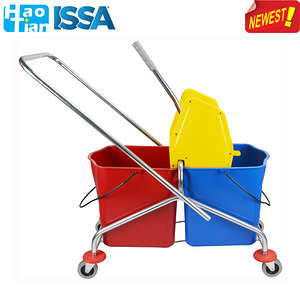
B-046E 36L Down-press Single Mop Trolley
Inquiry Guangzhou Haotian Cleaning Equipment Technology Co., Ltd.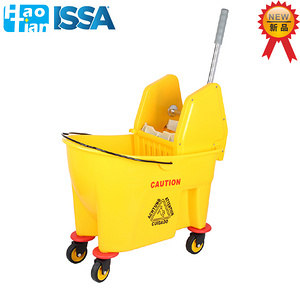
HT-2000 HaoTian High Pressure Washer
Inquiry Guangzhou Haotian Cleaning Equipment Technology Co., Ltd.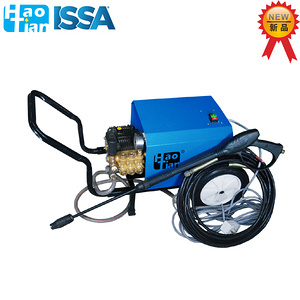

SVAVO Double Jumbo Roll Paper Dispenser PL-151069
Inquiry SHENZHEN SVAVO INTELLIGENT TECHNOLOGY CO.,LTD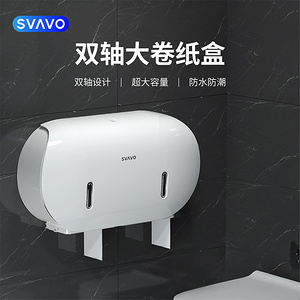
HT65B Ride-on Scrubber Drier(double-brush )
Inquiry Guangzhou Haotian Cleaning Equipment Technology Co., Ltd.






